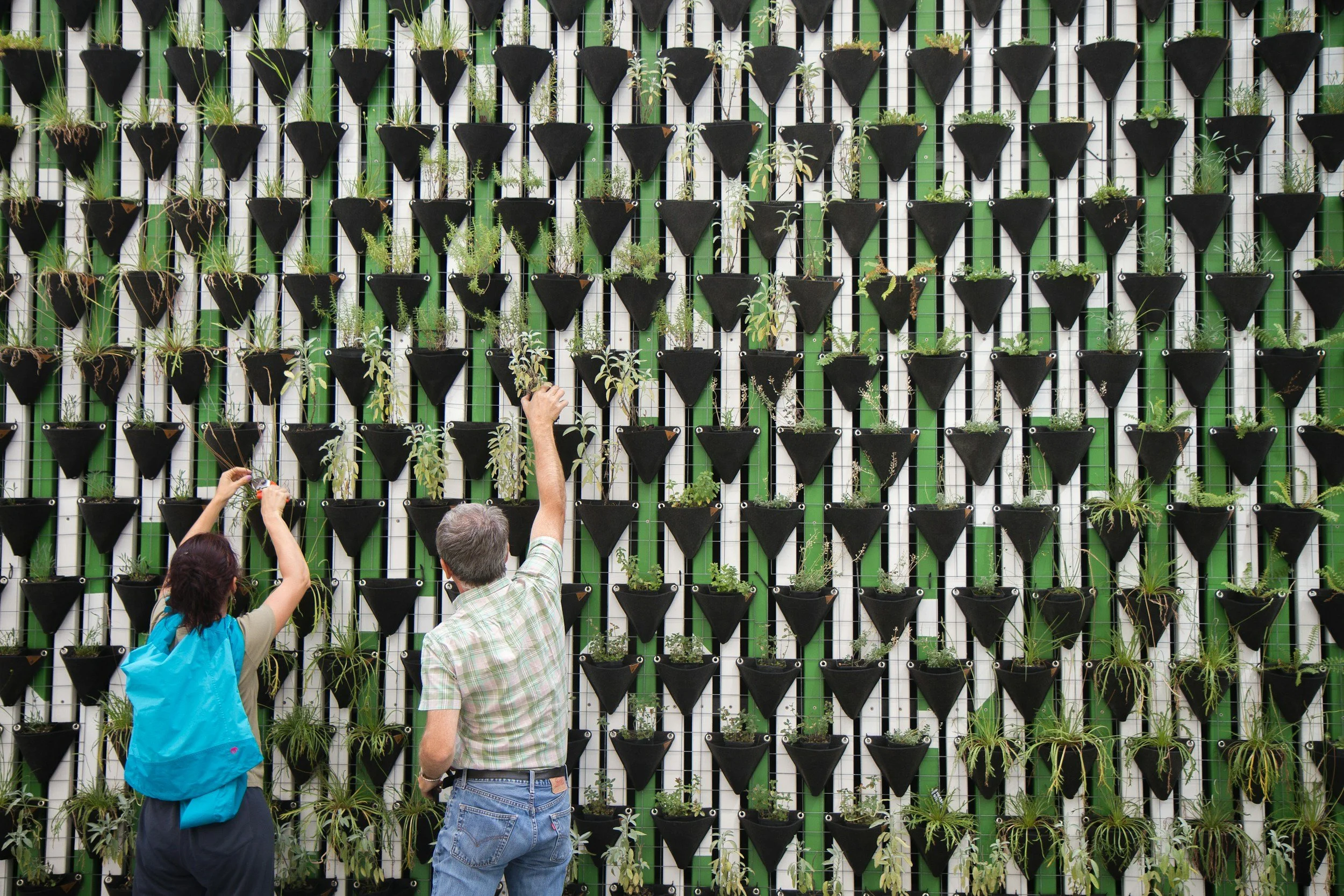Resilient by Design: What Strong Communities Have in Common
Photo by Daniel Funes Fuentes on Unsplash
How do we prepare now for what comes next?
This question is top of mind right now to be sure. How can it not? We’re living through overlapping waves of disruption: climate shocks, political volatility, health strains, technology advances, and rising inequality. History points to plenty of moments when social transformation occurs like a tectonic shift globally or locally. As colleague Roxanne de la Sablonnière has shown, rapid social change often follows these inflection points, threatening the institutions, identities, and relationships that communities rely on to hold together [1].
So what helps a community hold steady, when so much around it is breaking?
In our last post, we introduced two foundational building blocks of community resilience—efficacy and adaptability—and have since added a third: sustainability. These are not abstract values. They are system-level capacities that communities can design and strengthen:
Efficacy is a community’s ability to coordinate and drive outcomes.
Adaptability is its capacity to adjust and reorganize through disruption.
Sustainability is what allows it to endure and regenerate over time.
Together, they offer a practical way to assess and improve what makes a community not just responsive, but resilient. We have the data and the methodologies in place to assess and test community resilience design and strategy.
What the Research Tells Us
We’ve spent the last several months digging into the multidisciplinary world of resilience. Drawing ideas from applied systems work, network modeling, and community-based evidence, we are bringing together the foundation for theory and research in community resilience. We’ve identified a few clear patterns that are worth highlighting now.
Resilience isn’t about how many people or organizations are “at the table.” It’s about what they do once they’re there.
Communities may have lots of connections, personal relationships, coalitions, and organizational missions. This gives rise to meetings. And more meetings. And lots of emails back and forth. Yet collectively, a community may be lacking an actionable shared purpose and thus spin their wheels. The ones that make progress are those where partners know why they’re working together, trust each other enough to move quickly, and have clear ways to communicate and act. That’s what makes coordinated action possible and what leads to measurable results in people’s lives [2][3].
Systems that recover and grow are designed that way.
The most resilient communities don’t rely on one leader, one program, one organization, or one funding source. Instead, they build in overlap and redundancies. They train new leaders, share responsibility, and revisit their strategies over time. When something breaks or someone leaves, the system can flex and keep going. That’s what lets a community keep functioning even when the conditions around it change [4][5][6].
These aren’t just nice-to-haves. They’re design principles. And they show up in real places, with real impact. This matters in times of rapid change, disruption, and new opportunities emerging.
Photo by Simon Berger on Unsplash
So What’s Next?
In addition to watching for signals of social change, we’re putting the final touches on a white paper that lays out these ideas with depth and practical detail for the purpose of making it concrete. We believe in understanding things deeply and creating pathways to act. It includes:
A theory and framework for defining and measuring community resilience
Tools and strategies to strengthen each of the three core capacities
Lessons from communities already doing this work in real time
And underneath it all is a theory of change we believe can hold up and be tested:
If we help communities strengthen their ability to coordinate action (efficacy), adapt through disruption (adaptability), and sustain their efforts over time (sustainability), then they will be better positioned to respond to crises, improve outcomes for all, and maintain momentum even when the ground shifts.
How can we build the kinds of conditions that let communities thrive—not by accident, but by design. We will lay out how this is possible now and developing the tools and technologies that will get us there together. Stay tuned!
Here Are a Few of the Many Things We’re Reading
de la Sablonnière, R. (2017). Toward a psychology of social change: A typology of social change. Frontiers in Psychology, 8, 397. https://doi.org/10.3389/fpsyg.2017.00397
Garstka, T. A. (2024, June). Modeling community resilience: Is network analysis the most effective method? Banff International Research Station Workshop on SocioEconomic Mathematical Epidemiology.
Chetty, R., Jackson, M. O., Kuchler, T., Stroebel, J., & The Opportunity Insights Team. (2022). Social capital I: Measurement and associations with economic mobility. Nature, 608(7921), 108–121. https://doi.org/10.1038/s41586-022-04996-4
Janssen, M. A., Anderies, J. M., & Ostrom, E. (2006). A framework to analyze the robustness of social-ecological systems from an institutional perspective. Ecology and Society, 11(1), 18.
Aldrich, D. P., & Meyer, M. A. (2015). Social capital and community resilience. American Behavioral Scientist, 59(2), 254–269. https://doi.org/10.1177/0002764214550299
Chaffin, B. C., Gosnell, H., & Cosens, B. A. (2014). A decade of adaptive governance scholarship: Synthesis and future directions. Ecology and Society, 19(3), 56. https://doi.org/10.5751/ES-06824-190356

